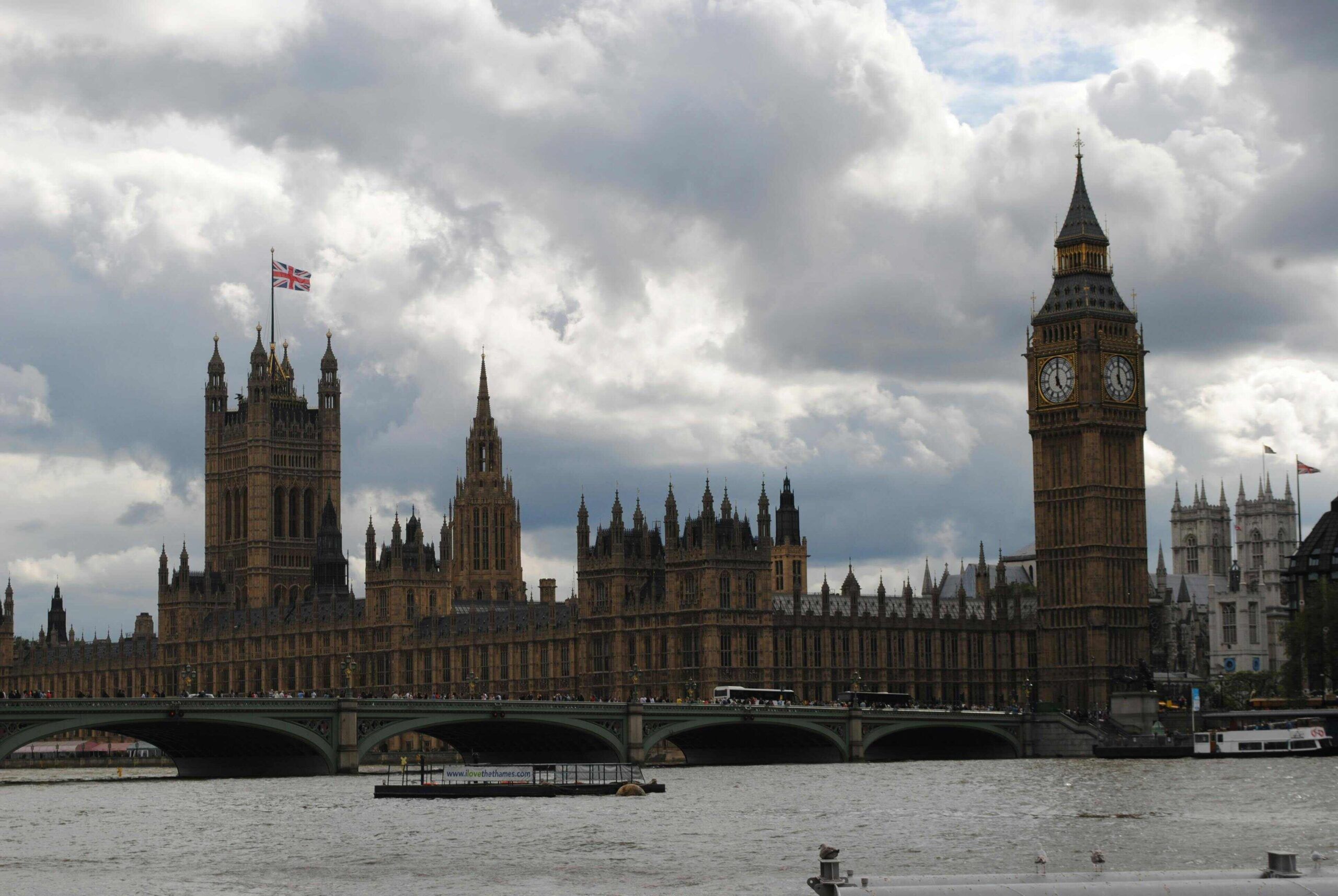
How Architecture Reflects Cultural Values
Article Level: B2
Explanation: This article explains how architecture reflects cultural values by showing how design, materials, and structures reveal a society’s history, beliefs, social priorities, and adaptation to the environment. It highlights architecture as a key expression of culture worldwide.
Commonly Used Words from the Article
-
Culture /ˈkʌltʃə/ (noun): The ideas, customs, and social behaviour of a particular group of people.
Every country has its own unique culture.
-
Architecture /ˈɑːkɪtɛktʃə/ (noun): The style and design of buildings.
Gothic architecture is known for its tall spires and detailed stonework.
-
Reflect /rɪˈflɛkt/ (verb): To show or express something clearly.
The painting reflects the artist’s feelings.
-
Environment /ɪnˈvaɪrənmənt/ (noun): The surroundings or conditions where a person or thing lives or operates.
Plants need a suitable environment to grow well.
-
Monument /ˈmɒnjʊmənt/ (noun): A structure built to honour a person or event.
The war monument stands in the centre of the town.
Audio File of the Article

How Architecture Reflects Cultural Values
Architecture is more than just buildings and structures; it is a mirror reflecting the culture and values of a society. Across the world, different architectural styles tell stories about the people who built them and what they care about most. When we look closely, we can learn a lot about a culture’s history, beliefs, and priorities by studying its architecture.
One of the most important ways architecture reflects culture is through design. For example, traditional Japanese homes often use natural materials such as wood and paper. These materials show the culture’s respect for nature and simplicity. Similarly, Islamic architecture frequently features intricate geometric patterns and calligraphy, reflecting the religion’s focus on beauty, spirituality, and order.
Architecture also reveals social values. In many European cities, large cathedrals and public squares emphasise the importance of community and religion. In contrast, modern office buildings in big cities like London or New York often highlight efficiency, innovation, and progress. The tall glass skyscrapers represent ambition and economic power, values that are highly regarded in today’s urban societies.
Climate and geography also play a big role in shaping architectural styles, which in turn connect to cultural identity. For example, the thick walls and small windows of traditional Mediterranean houses help keep interiors cool during hot summers. This practical design is part of the culture’s way of life and shows how people adapt to their environment. In colder regions, houses tend to have steep roofs to prevent snow buildup, which reflects the need to live comfortably in those conditions.
Public spaces and monuments are another way architecture reflects cultural values. Statues, memorials, and monuments often celebrate important historical figures or events. They help a community remember its past and keep cultural traditions alive. For instance, the ancient pyramids of Egypt show the importance of religion and the afterlife in Egyptian culture, while modern war memorials remind people of sacrifice and peace.
In conclusion, architecture is a valuable window into the values and culture of a society. It combines art, history, religion, and environment into physical forms that can be seen and experienced. When we explore different architectural styles, we gain a better understanding of what a culture believes in, what it values, and how it lives.

Grammar Notes
This article mainly uses the present simple tense to describe facts, habits, and general truths, such as “Architecture is more than just buildings” and “Traditional Japanese homes often use natural materials.” The present simple is common when explaining things that are always true or regularly happen. There are also examples of comparative structures like “thick walls and small windows … help keep interiors cool,” showing cause and effect. Passive voice is used minimally, keeping the text clear and direct.
Short lesson:
The present simple tense is used to express facts or routines. It often appears with adverbs like “often,” “frequently,” and “usually.” For example:
-
“Architecture reflects cultural values.”
-
“Buildings tell stories about people.”
Use the present simple for things that happen regularly or are generally true.

Five Questions Based on the Article
-
What materials are commonly used in traditional Japanese architecture?
-
How does Islamic architecture reflect spiritual values?
-
-
What do large cathedrals in European cities show about society?
-
-
Why do Mediterranean houses have thick walls and small windows?
-
How do monuments help preserve cultural traditions?

We’d love to hear your thoughts! Join the conversation by leaving a comment below. Sharing your insights, questions, or experiences can help you connect with others in our English learning community. It’s a great way to practice your English skills, engage with like-minded individuals, and improve together. Don’t be shy—jump in and let’s keep the discussion going!

 EnglishMasteryHub
EnglishMasteryHub